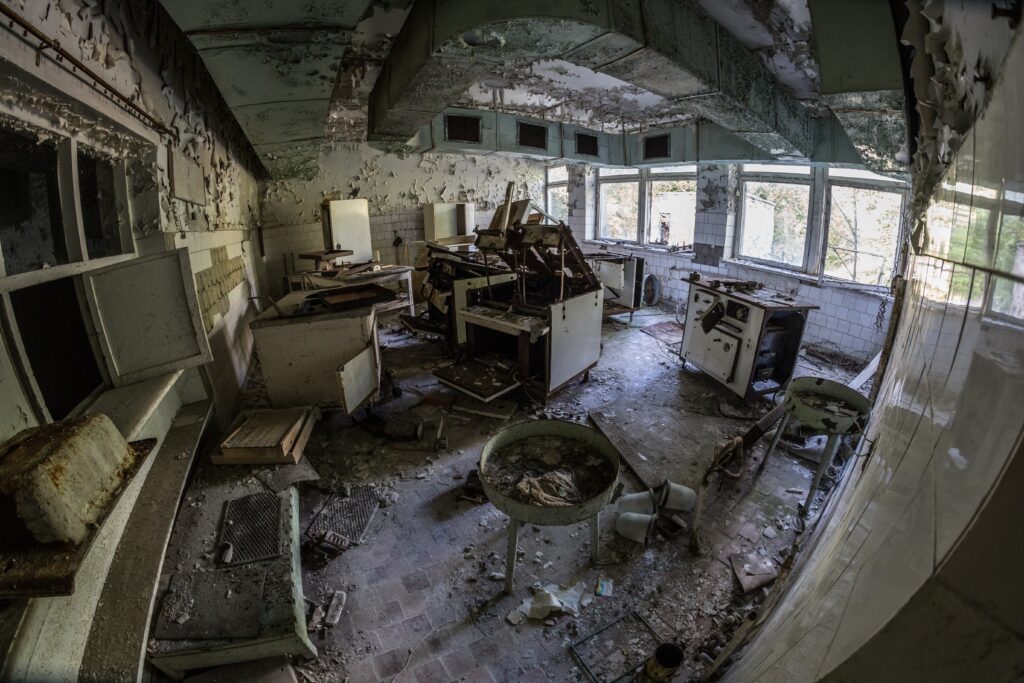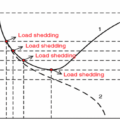More neutrons are being emitted from an inaccessible chamber in Chernobyl, which could lead to a runaway nuclear reaction.

Humanity’s mastery of the atom is one of our greatest technological achievements
Using small amounts of fuel we can produce incredible amounts of energy however this process also creates some very nasty waste products this waste that is not only potentially harmful to human beings but also if released into the environment could decimate ecosystems
So what do we do with radioactive waste nuclear waste comes in three different forms the first generally called low-level nuclear waste includes items that have become contaminated with radioactive material this kind of nuclear waste makes up around 90 percent of the volume of all radioactive waste ll nw will generally consist of items like contaminated clothing mops reactor water treatment residues equipment and tools medical tubes injection needles and laboratory animal carcasses and tissue the actual level of radioactivity of this kind of waste can vary widely from just above background levels that you’d find in nature to more highly irradiated stuff from nuclear power plants. The second called intermediate level nuclear waste contains some long-lived radioisotopes and includes materials such as used reactor filters reactor components and some effluents from reprocessing around seven percent of total nuclear waste by volume is classified as 11 nw. The third and final kind called high-level radioactive waste is what most people would likely think of when they hear the term nuclear waste these are highly radioactive materials.
Recently scientists are monitoring surges in r in the ruins of the Chernobyl nuclear power plant in Ukraine .As per reports there has been a spike in nuclear reactions hidden in an chamber of the that nuclear complex.
As of this writing, scientists are assessing the situation to ensure that the reaction would stabilize, as it could result in a runaway nuclear reaction, which would be extremely dangerous (to put it mildly). We do not, however, know which way the reaction will go.
As a result, scientists say there’s reason to be concerned, but they’re not raising the alarm just yet.
At the Chernobyl nuclear power plant, fissile material is surging in an inaccessible space.

In case you ignored it, the Chernobyl nuclear power plant melted down and exploded in 1986. It eventually ripped through the reactors, causing fissile, radioactive material to melt through the walls. This combined with concrete and steel to create a lava-like layer containing inexcusably radioactive material, which oozed through the facility’s ground, closing off several rooms and corridors.
The water concentration in the Chernobyl room may be scarily close to the sweet spot.
This is a clear and present cause for concern, and officials will need to intervene if the rate of neutron output continues to go up. This could include drilling into the space and tainting it with gadolinium nitrate-based fluid. The material has the capacity to “absorb” excess neutrons, effectively choking off the growing nuclear reaction. Temperature and neutron sensors may also be installed by robots as well. They might take samples of the lava-like material or set up a strong neutron absorber in the region.
They’ve progressed so far that many environmentalists believe nuclear power is now the most effective way to save the planet. Atomic power has also killed far fewer people than fossil fuels (pollution and climate change, anyone.

